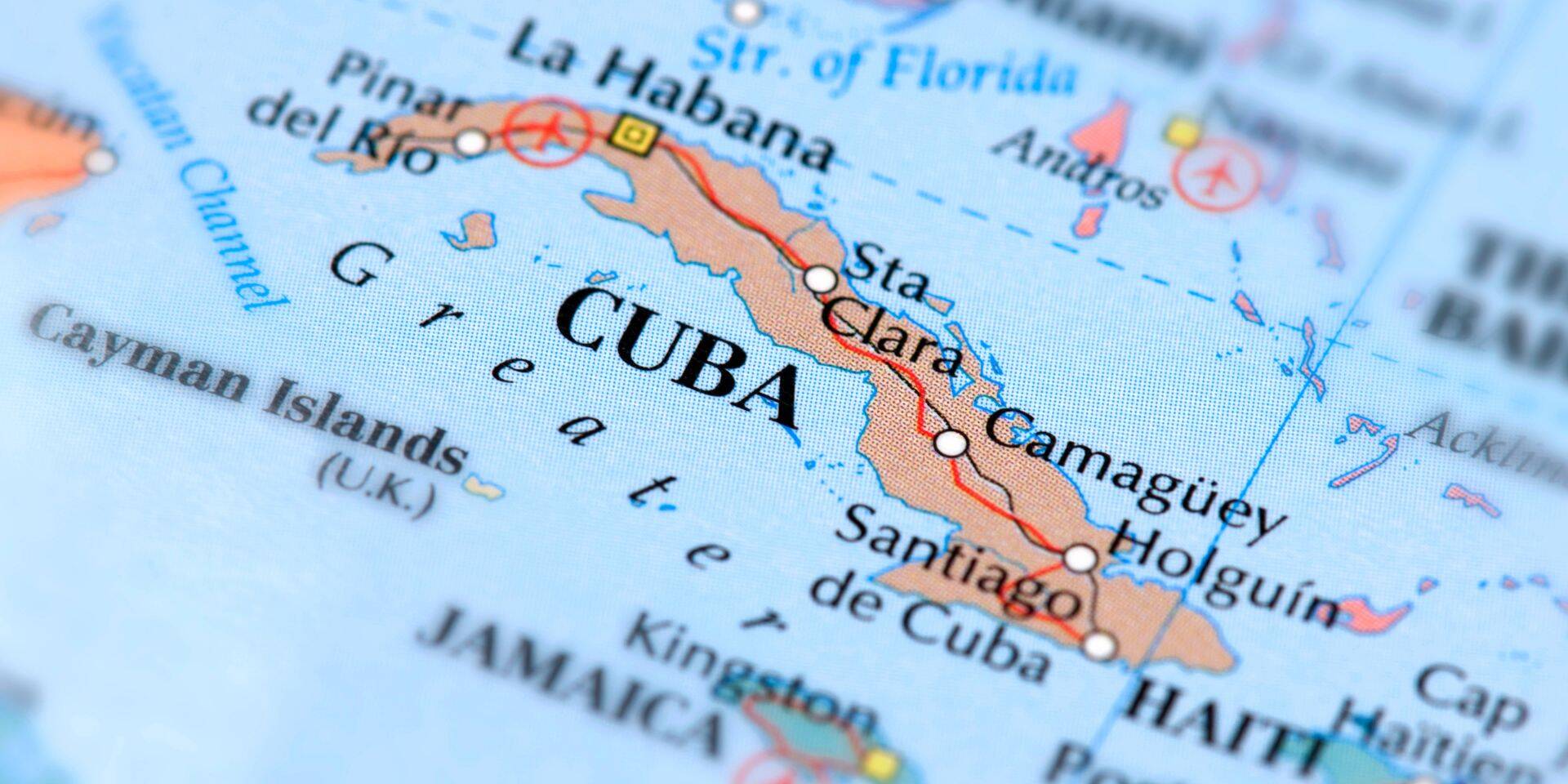Understand how the U.S. Citizenship and Immigration Services (USCIS), the Department of State (DOS), and the Immigration and Nationality Act work together to manage immigrant status for individuals entering the U.S. under the age of 21. Key criteria, examples, and how retrogression affects these filings are explained.
What is CSPA?
The Immigration and Nationality Act states that unmarried sons and daughters are only eligible to be considered for immigrant status as “children” if they are under the age of 21 when a visa becomes available to them according to the Department of State (DOS) Visa Bulletin Final Action Dates chart.
However, U.S. Citizenship and Immigration Services (USCIS) has historically had large backlogs of cases for people who were born in countries that tend to have high numbers of people seeking visas, including people born in India and people born in mainland China. These backlogs are a result of the 7% per-country limit on the percentage of visas that can be issued to people born in that specific country each fiscal year.
The large backlog of cases at USCIS has caused some children, whose parents applied on their behalf before their 21st birthday, to subsequently “age out” (turn 21 and no longer be considered for “child” status) before their case was adjudicated. To prevent this from happening in the future, the Child Status Protection Act (CSPA) was signed into law on August 06, 2002, to “freeze” the age of the child once both requirements are met: (1) the person has fulfilled the “sought to acquire” requirement and (2) a visa is available to him/her.
For family-based and employment-based filing, CSPA age is calculated by subtracting the number of days the underlying qualifying petition (I-130, I-140, or I-360) is pending from the applicant’s age on the date when a visa becomes available to him or her. According to the USCIS Policy Manual, visa availability is defined as “the date of petition approval or the first day of the month of the DOS Visa Bulletin that indicates availability for that immigrant preference category and priority date according to the Final Action Dates chart, whichever is later.”
To see whether a son or daughter may be qualified for “child” status under CSPA, please see the scenarios described below.
How is age calculated when I have multiple approved petitions?
According to the USCIS CSPA policy updated on November 13, 2020, CSPA age can only be calculated using the petition underlying the adjustment of status application.
Example
- A person received an I-140 approval from Company A. The person then moved to Company B, where a second, I-140 was filed and approved. The parents later filed an adjustment of status petition based on the second I-140 approval. Which I-140 approval is used to calculate the child’s CSPA age?
- The child’s CSPA age will be calculated based on the second I-140 approval (from Company B) because this is the petition underlying the adjustment of status application.
What is the Final Action Dates chart, and why does it matter?
Every month, the DOS releases the Visa Bulletin, which is a document stating who can apply for a visa according to their priority date. In recent years, USCIS releases two charts of dates every month: the Dates for Filing chart and the Final Action Dates chart.
USCIS chooses one chart every month to determine which people can begin their visa application process. The Dates for Filing chart allows people to start this process earlier. However, USCIS still uses the Final Action Dates chart to determine when a visa is available for children seeking protection under CSPA.
This means that if a family applies for visas using the Dates for Filing chart, the age of one or multiple of their children will not necessarily be protected because a visa is not considered available until the priority date becomes current according to the Final Action Dates chart. In these cases, a child may subsequently “age out.”
What is premium processing, and how does it relate to CSPA?
Premium processing is a way to have the USCIS expedite the adjudication of your case, meaning they will determine whether your Form I-140 is approved within a shorter period of time.
It is advisable that if you have children between the ages of 15 and just under 21 and were born in any country with a high number of immigrants who are seeking visas, like India or mainland China, that you do NOT choose premium processing.
The longer pending period for an I-140 adjudication allows your children’s ages to remain “frozen” while waiting for a visa to become available according to the Final Action Dates chart, giving them a greater opportunity to not “age out” before a visa becomes available to them. See Scenario 2, part (c) for an example.
There are some exceptions when a person may still be advised to proceed with premium processing despite the risk of his or her children “aging out,” such as if a person is nearing the end of his or her visa limit, as with an H-1B or L-1 visa. For example, for a person who is in their fifth year of an H-1B visa and is nearing their six-year limit, it is recommended that this person chooses premium processing to mitigate the risk of overstaying his visa during the adjudication process of his other petitions.
What is a visa retrogression, and how is CSPA age calculated if it happens?
A visa retrogression is when a priority date is current one month but is no longer current in the next month. This means that the cut-off date moves back to an earlier date. CSPA age when there is a retrogression largely depends on whether the retrogression happened before or after there was an application filed for an adjustment of status.
If the retrogression happens before there is an application filed for adjustment of status, then the child’s age will not be protected according to the date when the visa was first current. The child’s age will be calculated based on the new visa availability date according to the Final Action Dates chart.
If the retrogression happens after there is an application filed for adjustment of status, then the application will be held until the visa becomes available again. However, the child’s CSPA age is calculated according to the initial current date according to the Final Action Dates chart instead of the next current date after visa retrogression. USCIS’s examples on this are included here for further clarity:
Visa Retrogression: Application Filed Based on Dates for Filing Chart
The applicant files an adjustment application in March based on the Dates for Filing chart. However, it is not until May 1 that the Final Action Dates chart indicates availability for the applicant’s immigrant preference category and priority date (based on the Final Action Dates chart). In July, the visa retrogresses.
In this case, USCIS calculates the applicant’s CSPA age using May 1 as the visa availability date. If the applicant’s calculated CSPA age was under 21, his or her CSPA age is locked in through final adjudication and USCIS holds the application until the visa becomes available again (based on the Final Action Dates chart).
Visa Retrogression: Application Filed Based on Final Action Dates Chart
In May, the Final Action Dates chart indicates availability for the applicant’s immigrant preference category and priority date. The applicant files an adjustment application in June, and then the visa retrogresses in July (based on the Final Action Dates chart). In this case, USCIS calculates the applicant’s CSPA age using May 1 as the visa availability date (based on the Final Action Dates chart). If the applicant’s calculated CSPA age was under 21, his or her CSPA age is locked in through final adjudication and USCIS holds the application until the visa becomes available again.
Additional Examples of How to Calculate CSPA Age
Scenario 1
A father who is a green card holder files the Form I-130 petition on behalf of his daughter who is 20 years old at the time of application. The I-130 petition is pending for 4 months (from January 1, 2019 to May 1, 2019) before it gets approved. After 6 months (on November 1, 2019), the father then files for a Form I-485 petition on behalf of his daughter using the Dates for Filing chart. After 1 month, (on December 1, 2019), the priority date becomes current according to the Final Action Dates chart. The I-485 petition adjudicated after 3 months (on February 1, 2020). Does his daughter still qualify as a “child” at the time of visa availability?
- CSPA age is calculated as follows:
- Age at time of visa availability – Pending time = CSPA age
- The age at the time of visa availability is defined as the time when a visa becomes available according to the Final Action Dates chart. A visa became available to the daughter on December 1, 2019. On that day, the daughter was 20 years and 11 months old.
- The pending time is defined as the time that the underlying petition was pending. The underlying I-130 petition was pending for 4 months.
- Therefore, the CSPA age is calculated as follows:
- 20 years and 11 months – 4 months = 20 years and 7 months old
- Because the calculated CSPA age is less than 21 years old, the daughter’s CSPA age of 20 years and 7 months will be “locked” throughout the adjudication process. Therefore, even though her biological age is 21 years and 1 month on February 1, 2020 when the case is adjudicated, she will still qualify for “child” status.
Scenario 2
A mother includes her son on her Form I-140 petition as a derivative, which is filed on January 1, 2019. At that time, her son is 20 years old. Because of the long wait times to have her case adjudicated, she opts for premium processing. Her petition is approved in 15 days, on January 15, 2019. After 8 months (on September 15, 2019), the mother files a Form I-485 adjustment of status petition on behalf of her son using the Dates for Filing chart. The mother’s priority date becomes current according to the Final Action Dates chart 8 months later (on May 15, 2020), at which point a visa is available. Does the son still qualify as a “child” at the time of visa availability?
- On May 15, 2020, the son is 21 years, 4 months, and 15 days old. The I-140 petition his mother filed on his behalf was pending for only 15 days. The CSPA age calculation is as follows:
- Age at time of visa availability – Pending time = CSPA age
- 21 years and 4 months, and 15 days – 15 days = 21 years and 4 months
- Because the calculated CSPA age is over 21 years old, the son has “aged out” and is no longer qualified for “child” status.
- One way to mitigate risk of a child “aging out” is to NOT opt for premium processing. In this case, if the mother did not choose to use premium processing and the I-140 petition was pending for 6 months (until July 1, 2019), then this additional pending time would have been subtracted from her son’s age at the time of visa availability. If all the other dates in the scenario remained constant and the son remained unmarried, then the calculation of his CSPA age would be as follows:
- Age at time of visa availability – Pending time = CSPA age
- 21 years, 4 months, and 15 days – 6 months = 20 years, 11 months, and 15 days
- Because the son is under 21 years old, he would still be qualified for “child” status
Scenario 3
A priest chooses to concurrently file Form I-360 with Form I-485 on January 1, 2019, because his priority date is current according to the Dates for Filing chart. On the petition and application, he includes his son as a derivative, who is 20 years and 10 months old at the time of application. The I-360 petition is pending for 18 months before it gets approved and is adjudicated on June 1, 2020. The father’s priority date becomes current on December 1, 2020, according to the Final Action Dates chart, at which point a visa is available. Does the son still qualify as a “child” at the time of visa availability?
- On December 1, 2020, the son is 22 years and 10 months old. The I-360 petition his father filed was pending for 18 months. The CSPA age calculation is as follows:
- Age at time of visa availability – Pending time = CSPA age
- 22 years and 10 months – 18 months = 21 years and 4 months
- Because the calculated CSPA age is over 21 years old, the son has “aged out” and is no longer qualified for “child” status.
If you have questions about CSPA, Final Action Date Charts, or any other immigration-related issue, contact us at ILBSG. We work with you to ensure you get the right advice for your specific situation.
Related Posts
April 2, 2025
Judge Rules Venezuelans Can Temporarily Keep TPS Protections
A federal judge temporarily halted the…



